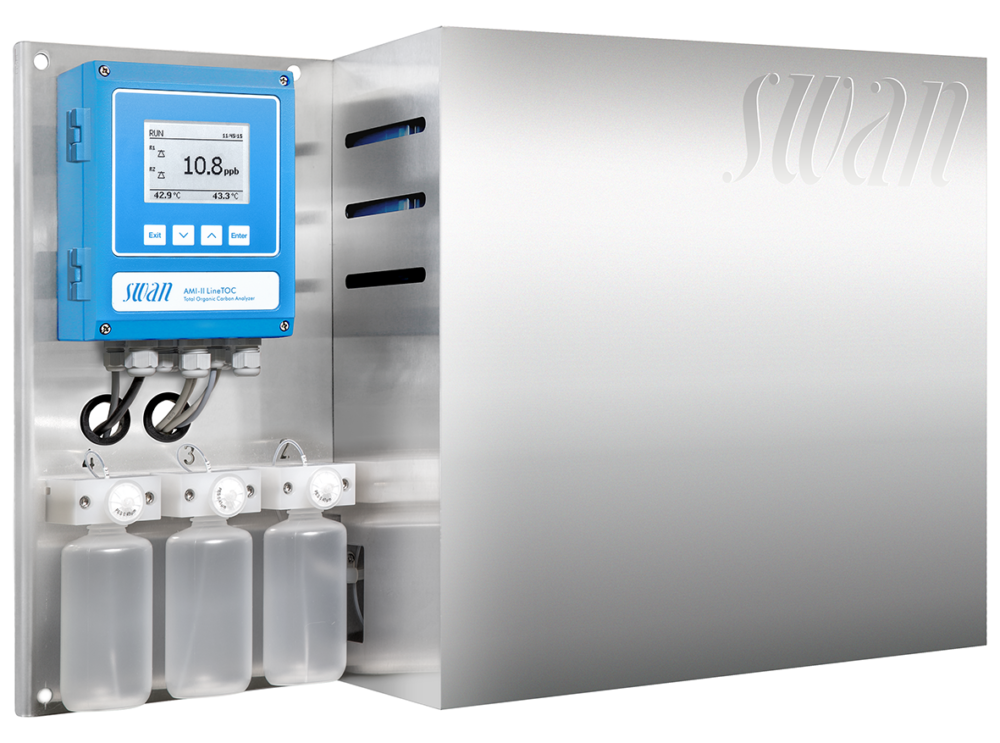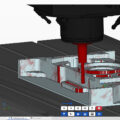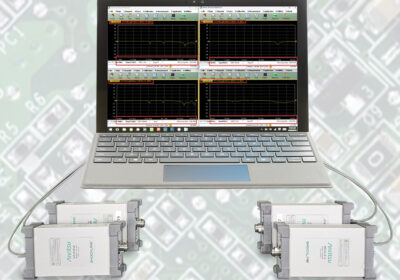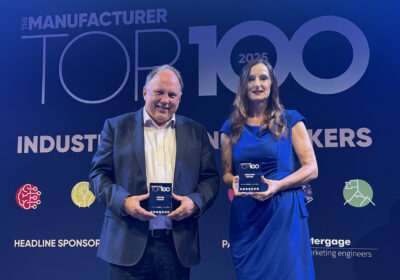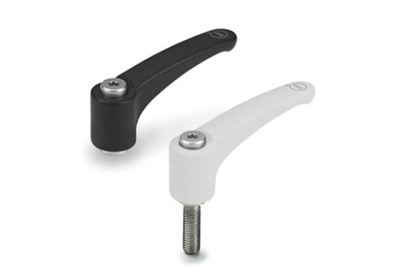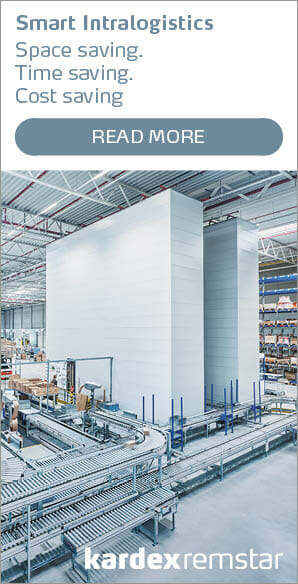Swan Analytical UK has announced the launch of a new generation of TOC monitors for regulatory compliance in pure, ultrapure and WFI water applications. With simple, intuitive controls and rugged components, the new AMI-II LineTOC analysers enhance reliability in the continuous measurement of total organic carbon (TOC).
“The AMI-II LineTOC instruments have been developed to meet a number of important customer needs,” explains Swan’s Russell Culver (Pharma Business Development Manager). “First and foremost, the monitor enables Pharmacopoeia compliance whilst supporting FDA 21 CFR Part 11, providing a compliant audit trail. However, the instrument is simple to operate, requiring minimal training, even for validation and calibration. Combine this with long-term reliability, durability and the AMI-II LineTOC lowers not just the cost of purchase, but also the cost of ownership.”
TOC derived from organics is one of the most common sources of contamination in ultra-pure water systems, so monitoring is mandatory in the pharmaceutical industry, where UPW is used as a process medium, as a solvent, as an ingredient, as medical water for injection, and within APIs, intermediates and reagents. Continuous monitoring and a fast reliable response time are therefore essential – to detect any contamination, to monitor trends and raise alarms of excursions.
The new AMI-II LineTOC provides reagent-free TOC measurement by conductivity differential before and after UV-oxidation. With a new enhanced display/transmitter the analyser offers a wide measurement range from 0 to 1000 ppb with a resolution of 0.01 ppb in its lowest range. A compact version of the AMI-II LineTOC is also available to facilitate greater flexibility where space is of a premium, making it suitable for integration in water purification systems or distribution skids.
Both versions of the AMI-II LineTOC are supplied as a complete working system, which means that it is not necessary to purchase secondary equipment, such as a calibration module for example. Standard equipment includes three sample bottles that can be utilised during functionality and system suitability tests, or as the repository for grab samples – thereby avoiding the need for laboratory analysis.
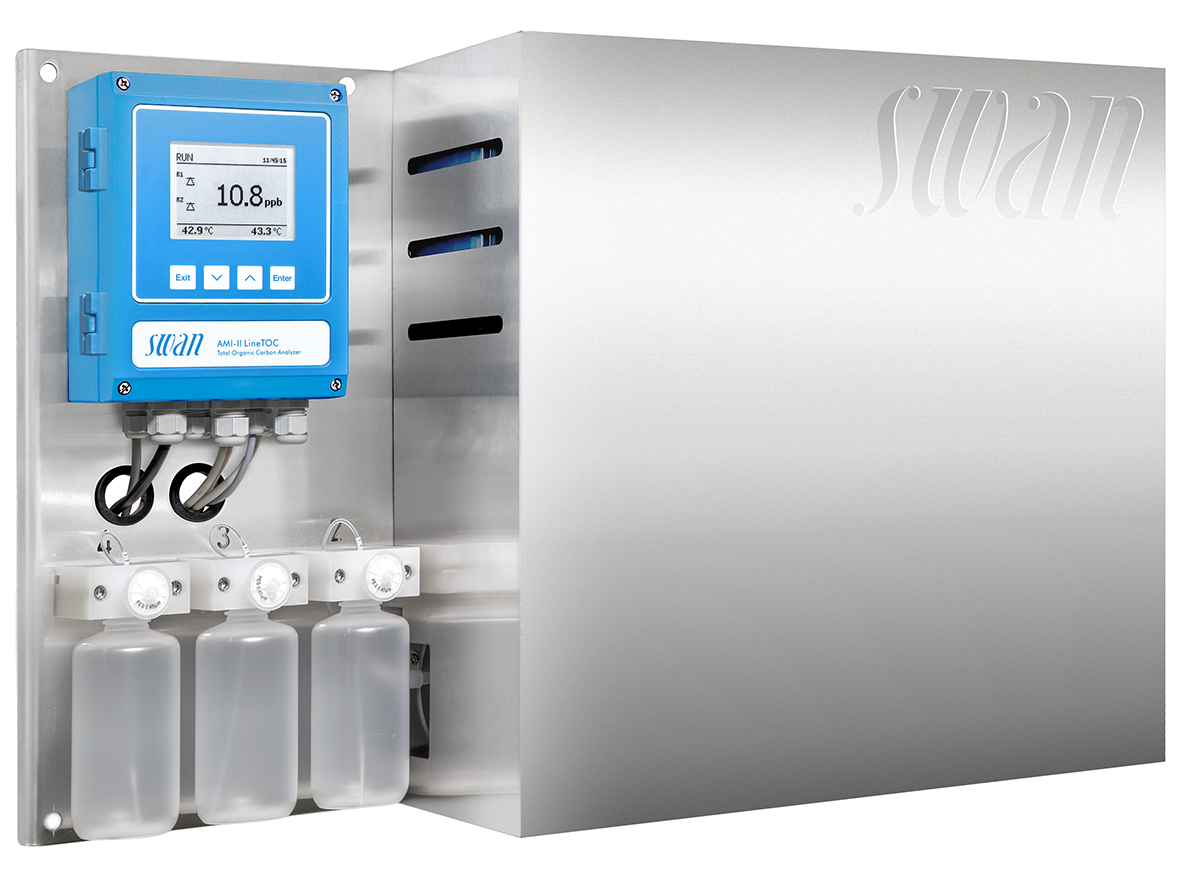
Looking forward, Russell says: “We are tremendously excited about the opportunities that exist for this new generation of monitors in a variety of sectors where the continuous monitoring of pure and ultrapure water is either essential or mandatory, or both. For example, with IQ/OQ/PQ validation and full compliance to Global Pharmacopoeias and FDA 21 CFR Part 11, the new AMI-II LineTOC will bring peace of mind to pharmaceutical manufacturers and system providers alike.”

